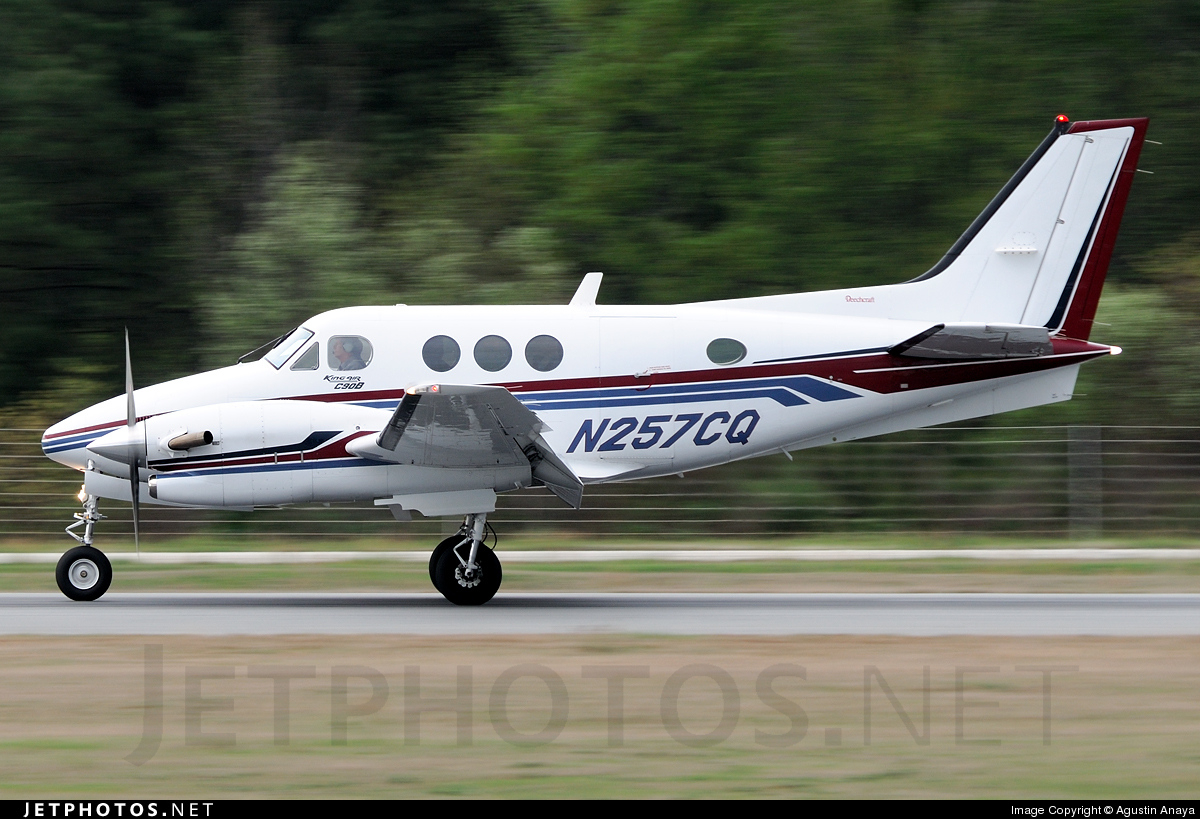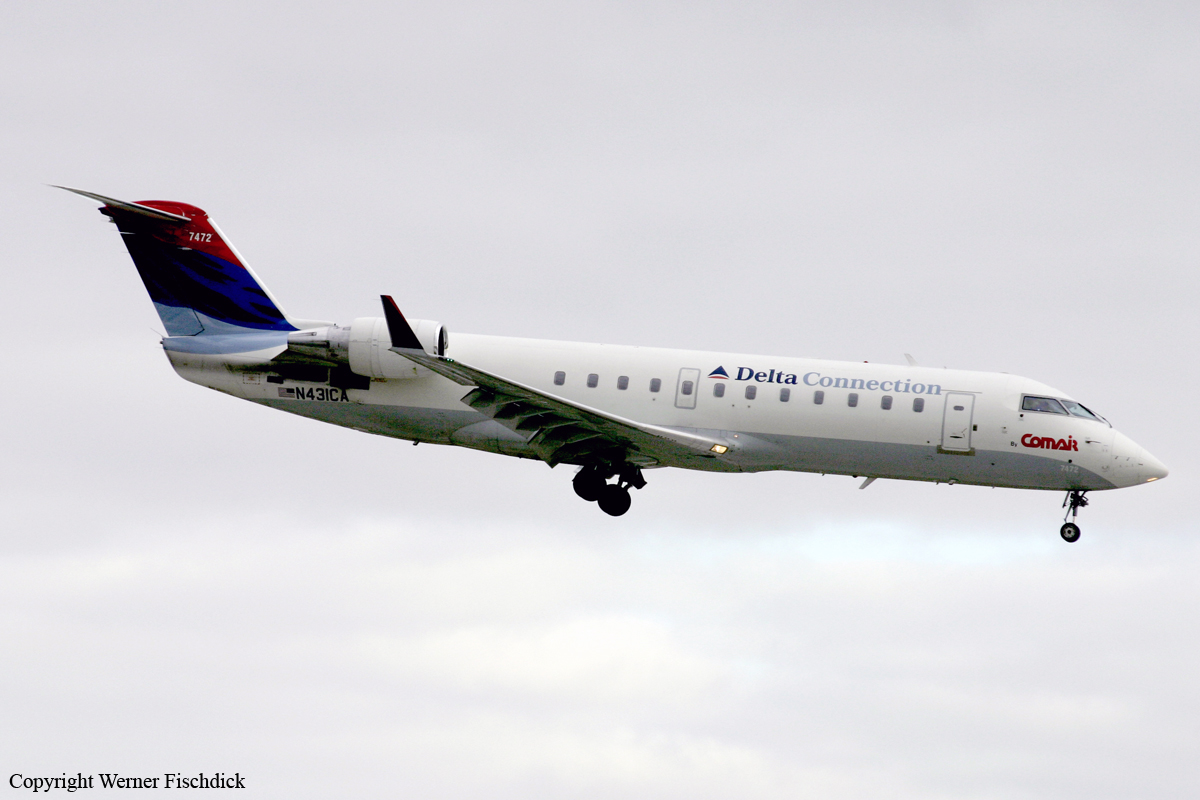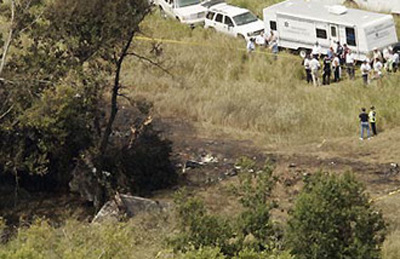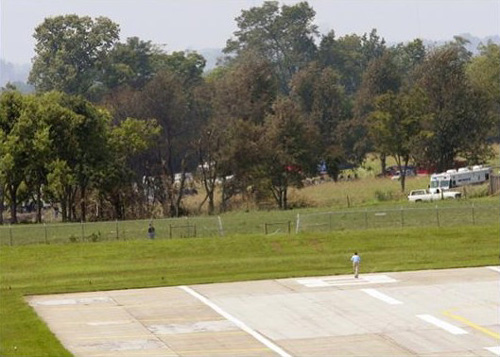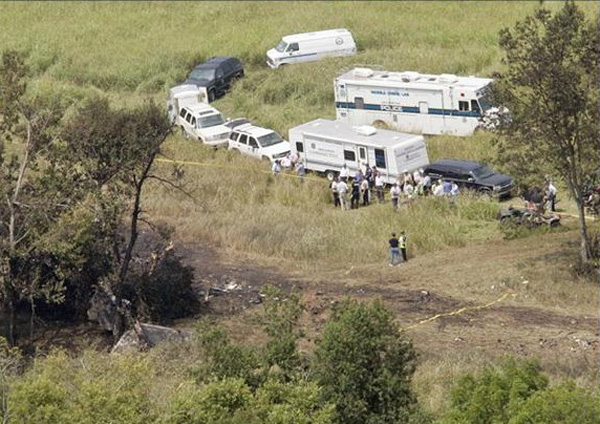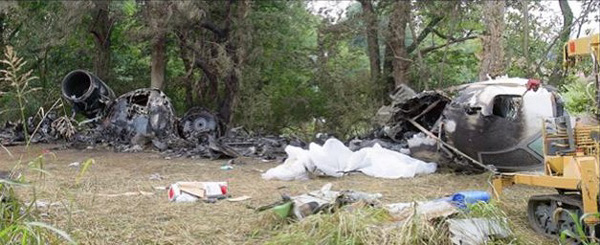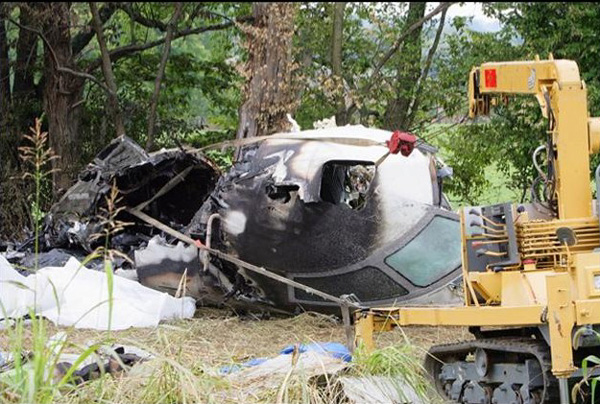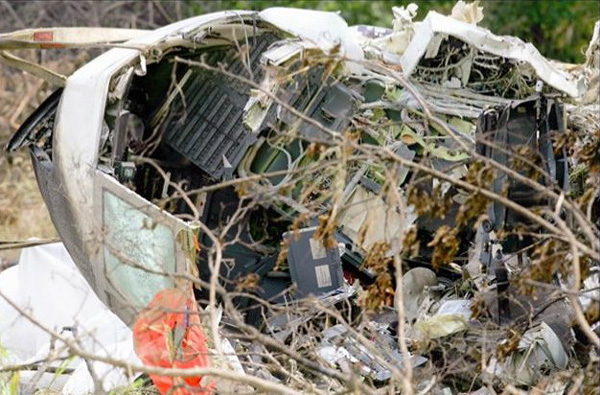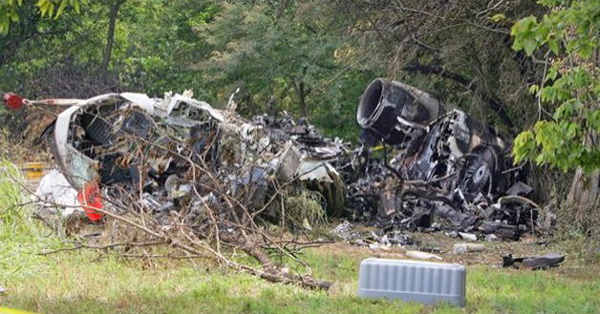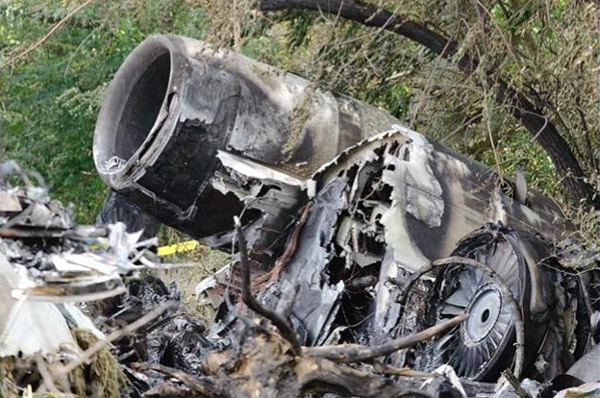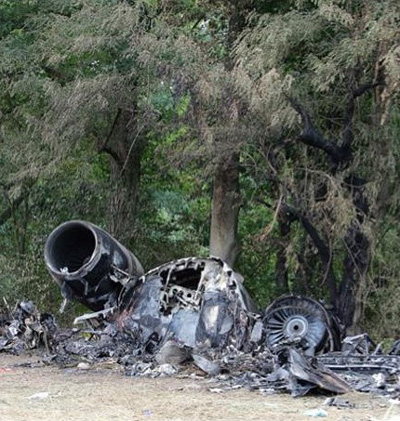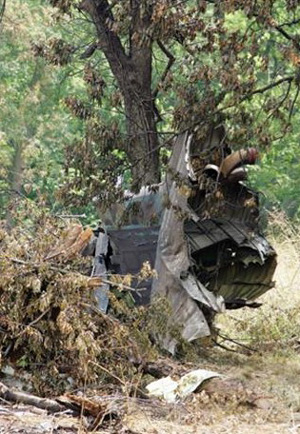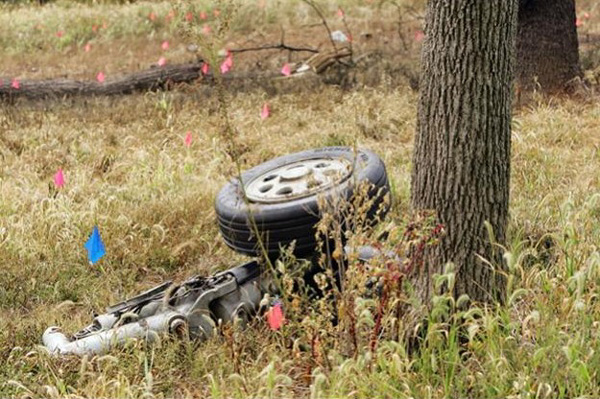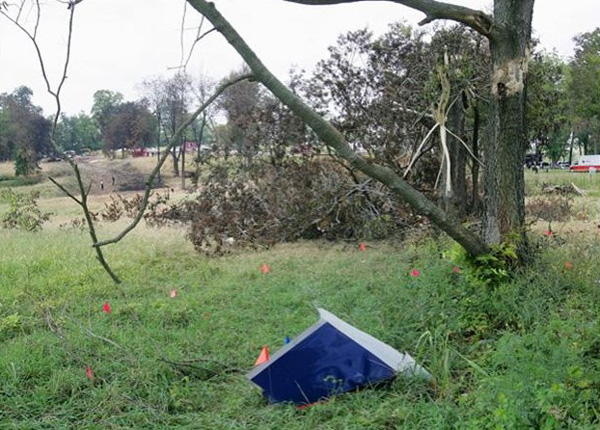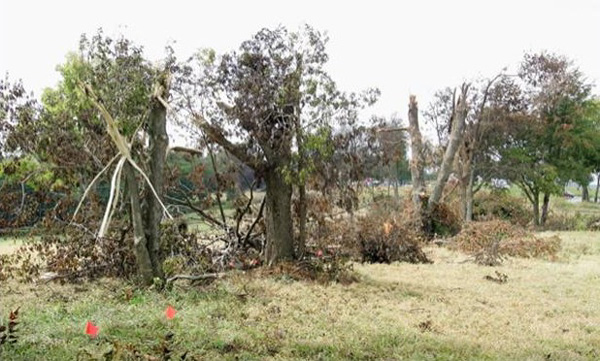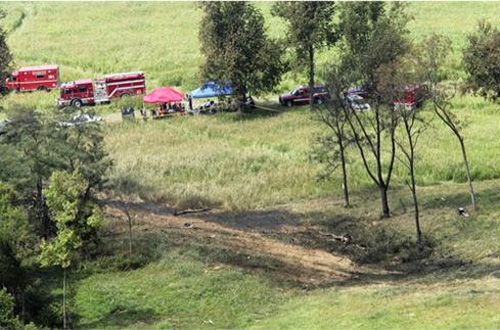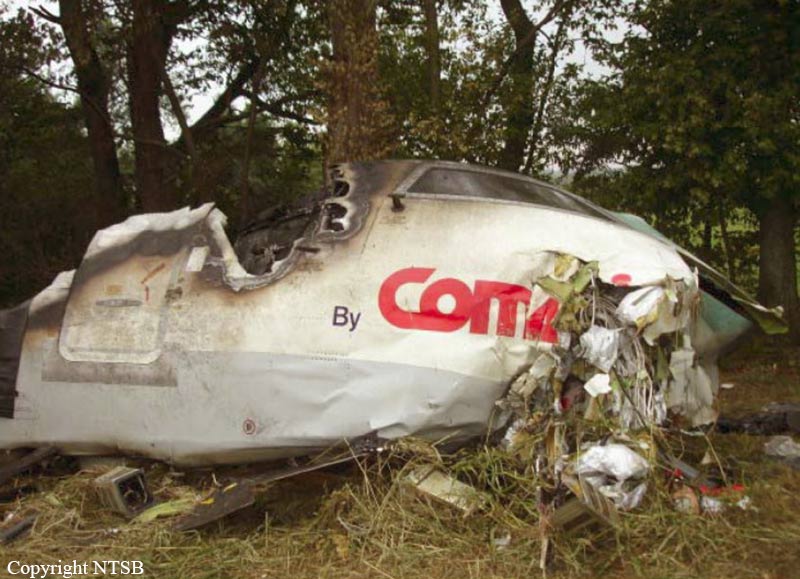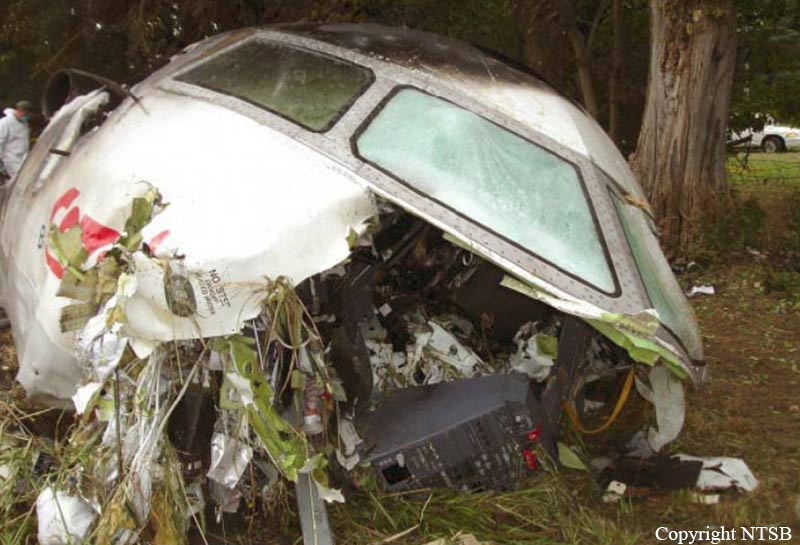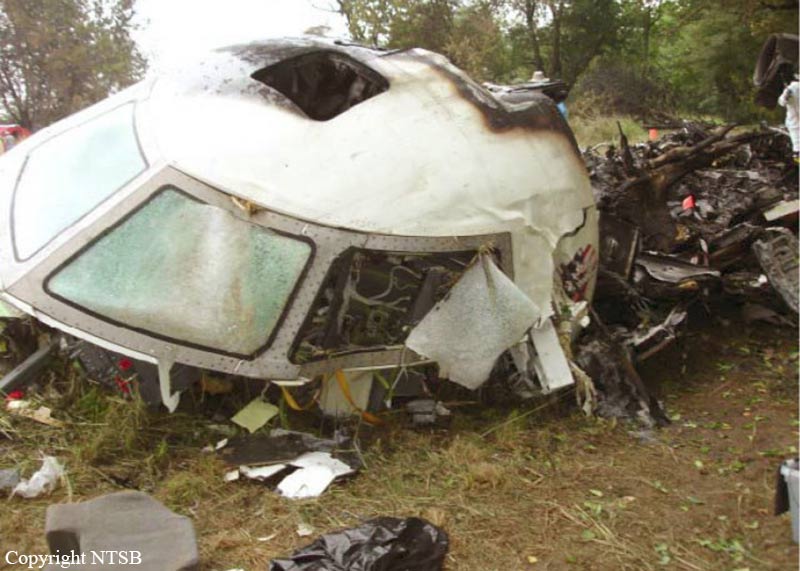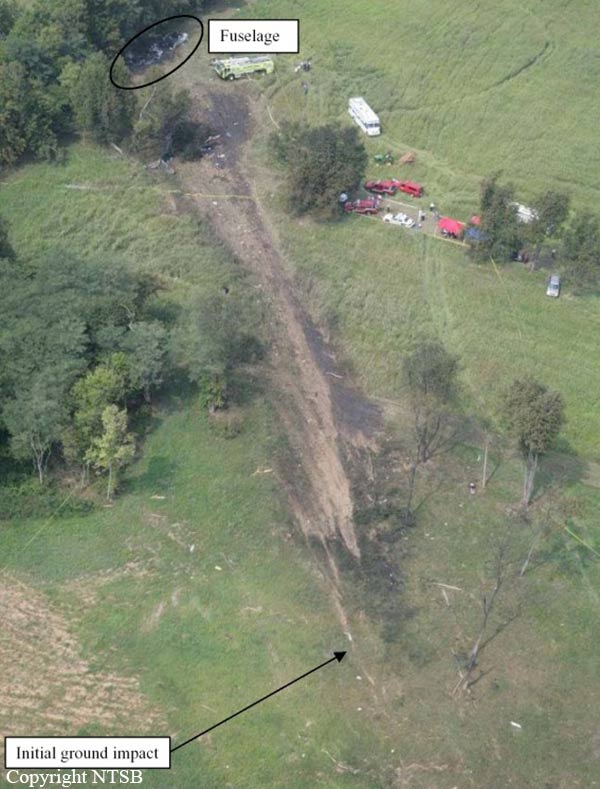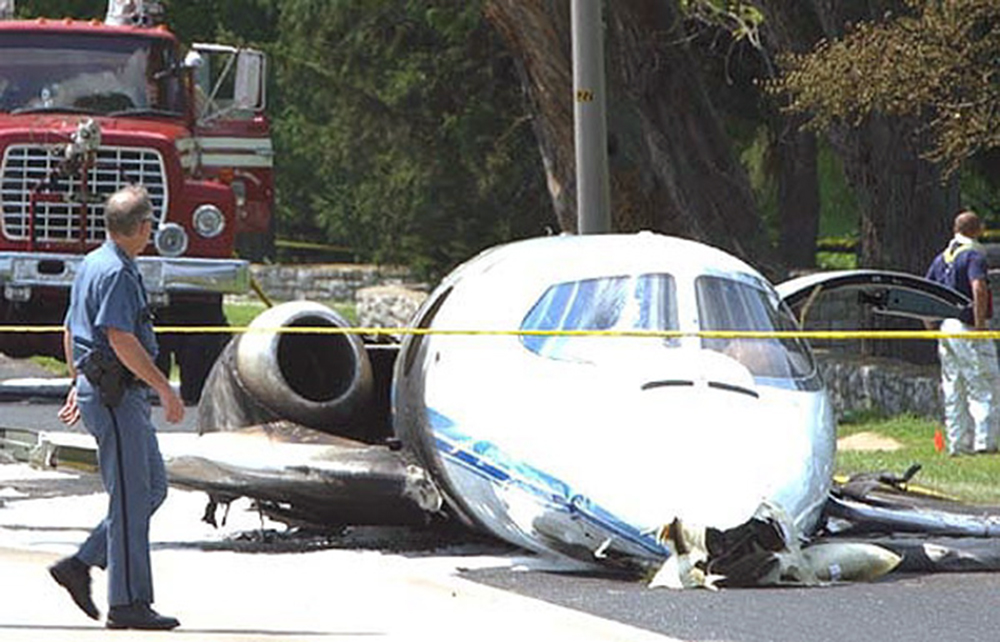Crash of a McDonnell Douglas MD-11F in Louisville: 14 killed
Date & Time:
Nov 4, 2025 at 1714 LT
Registration:
N259UP
Survivors:
No
Schedule:
Louisville - Honolulu
MSN:
48417/467
YOM:
1991
Flight number:
UPS2976
Crew on board:
3
Crew fatalities:
Pax on board:
0
Pax fatalities:
Other fatalities:
Total fatalities:
14
Captain / Total hours on type:
4918.00
Copilot / Total hours on type:
994
Aircraft flight hours:
92992
Aircraft flight cycles:
21043
Circumstances:
The airplane departed Louisville-Muhammad Ali Intl Airport on a cargo service to Honolulu-Daniel K. Inouye Intl Airport with a crew of three on board. During the takeoff roll on runway 17R, the pilot-in-command started the rotation while the left engine was on fire. The airplane was able to take off but failed to gain sufficient altitude and remained in a nose-up attitude at a maximum height of about 30 feet. It continued in such configuration above the runway at a speed of about 183 knots. After passing over runway 35L threshold, it rolled to the left, impacted an industrial building and crashed left wing first onto several buildings and vehicles located in the industrial area of Knopp, coming to rest about one km from the runway end, bursting into flames. Debris scattered for about 800 metres. The airplane was totally destroyed by impact forces and a post crash fire. All three crew members were killed as well as 11 people on the ground. It is also reported that 23 people on the ground were injured, two seriously. It appears that the left engine (n°1) and its pylon separated from the wing structure after rotation, and was found standing in a grassy area along the left side of runway 17R. Multiple pieces of engine fan blades were found on runway 17R along with the main component of the left engine n°1. Both FDR and CVR were found with limited fire damage and transferred to NTSB lab for analyzing. The Flight Data Recorder had around 63 hours of data covering 24 flights, including the accident sequence. The Cockpit Voice Recorder contained 124 minutes of audio, including the the accident sequence. Analysis are focused on the catastrophic failure of the engine n°1 and the loss of power on engine n°2 resulting from debris ingestion.
Crew:
Richard Wartenberg, pilot,
Lee Truitt, copilot,
Dana Diamond, international relief officer.
Crew:
Richard Wartenberg, pilot,
Lee Truitt, copilot,
Dana Diamond, international relief officer.
Probable cause:
NTSB reported that after initial cleaning of the fracture surfaces, examination of the left pylon aft mount lug fractures found evidence of fatigue cracks in addition to areas of overstress failure. On the aft lug, on both the inboard and outboard fracture surfaces, a fatigue crack was observed where the aft lug bore met the aft lug forward face. For the forward lug’s inboard fracture surface, fatigue cracks were observed along the lug bore. For the forward lug’s outboard fracture surface, the fracture consisted entirely of overstress with no indications of fatigue cracking. The forward top flange of the aft mount assembly was examined for indications of deformation or pre-existing fractures, but no indications were found. The spherical bearing was removed from the wing clevis for further evaluation.
Final Report:












